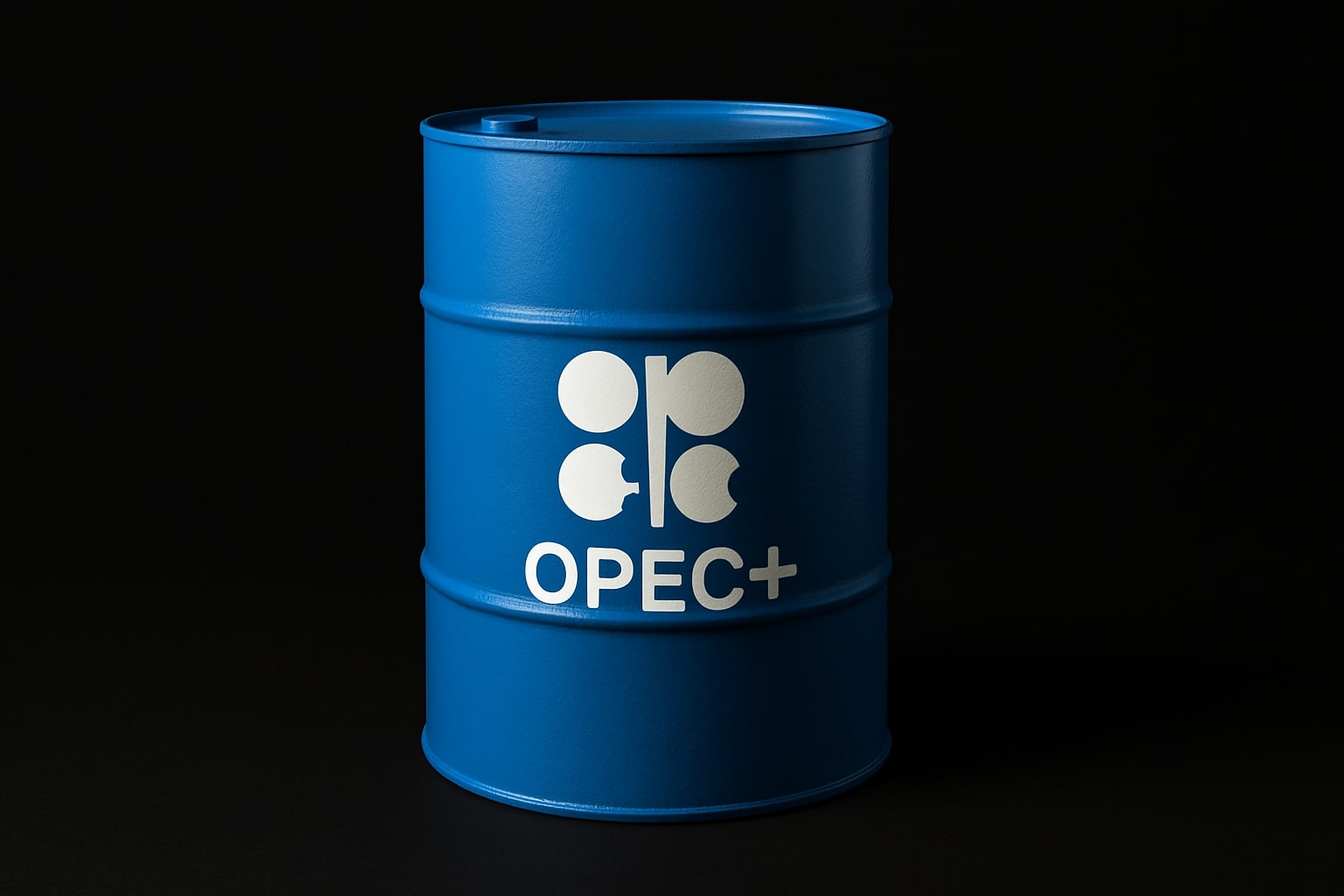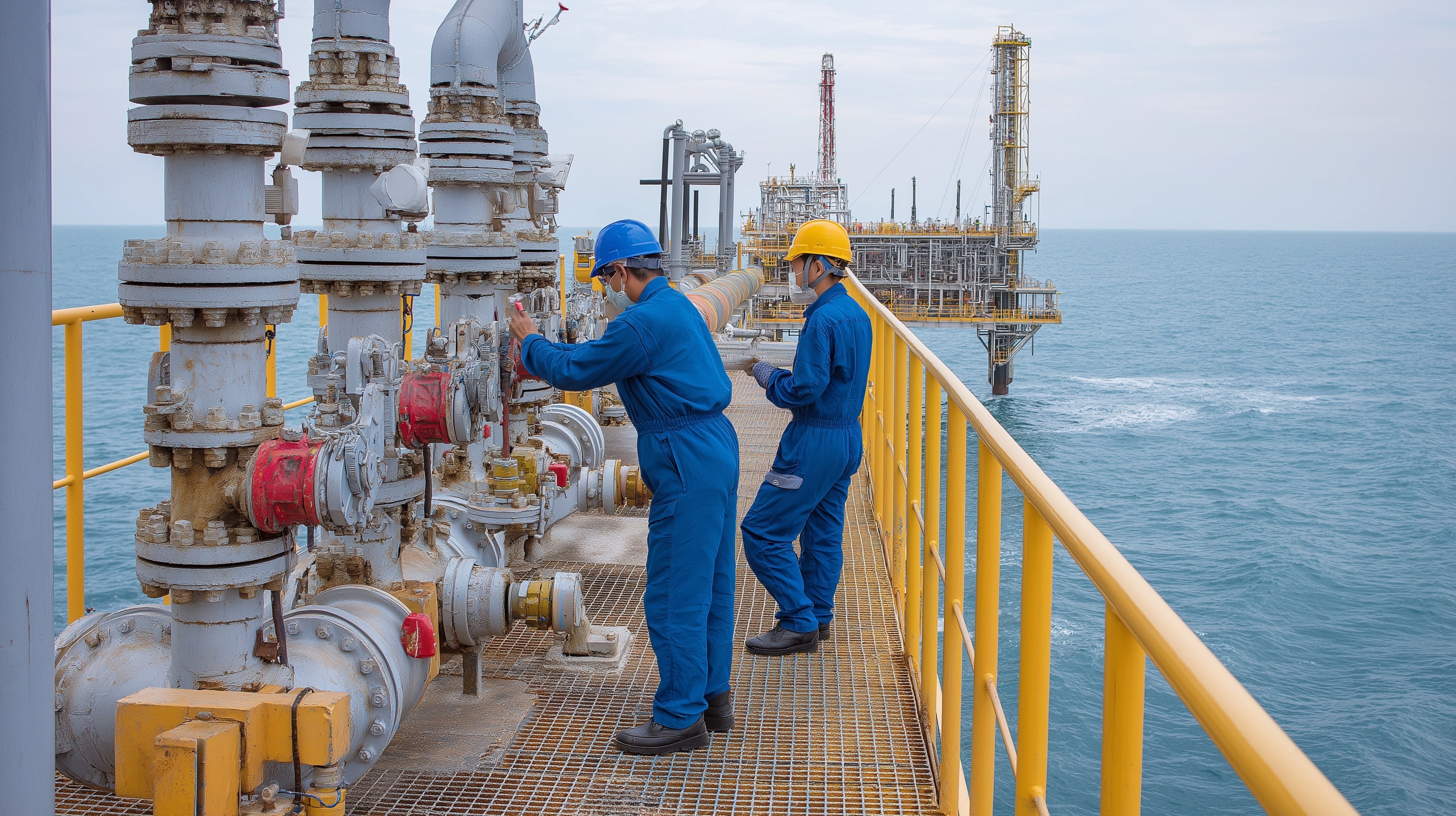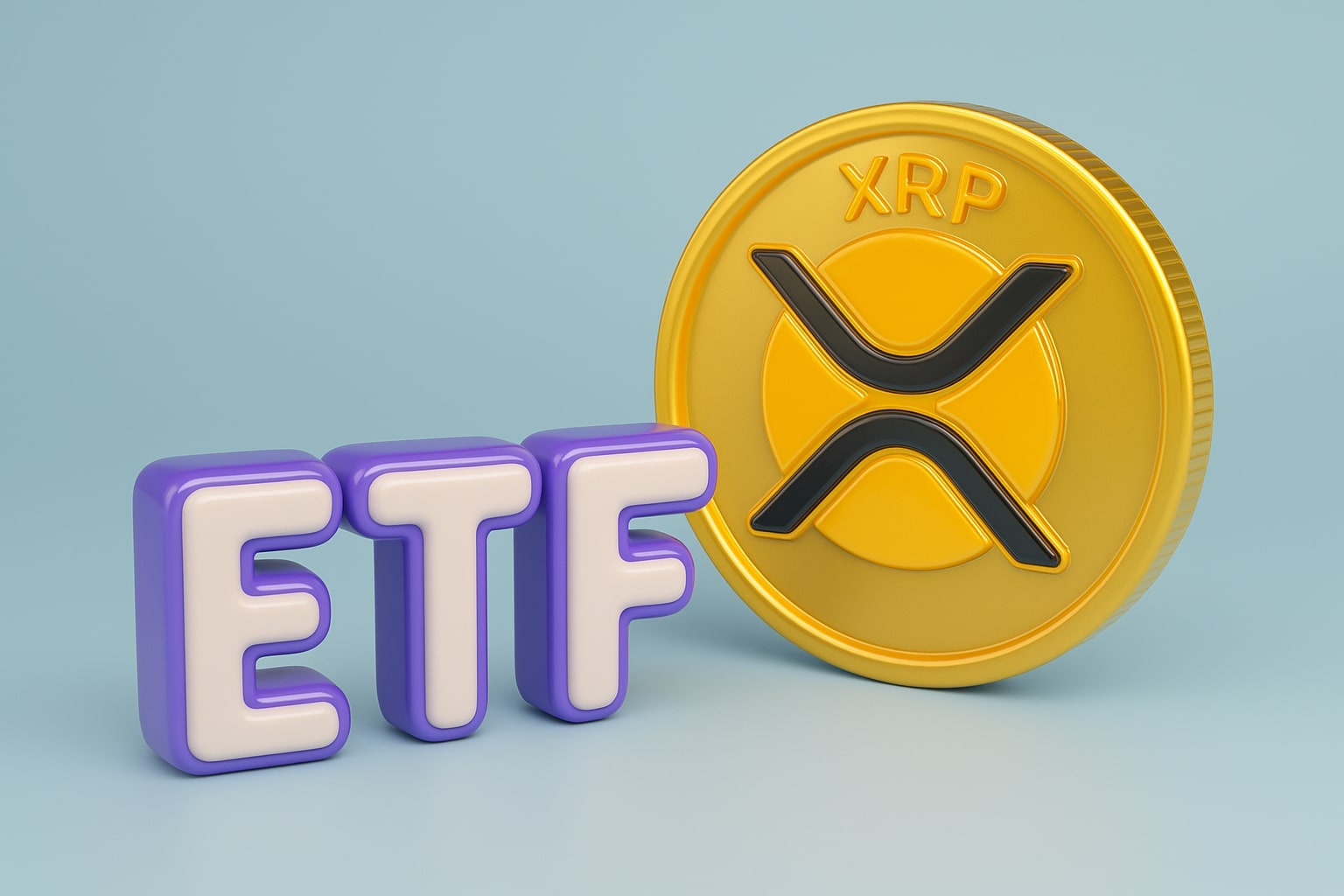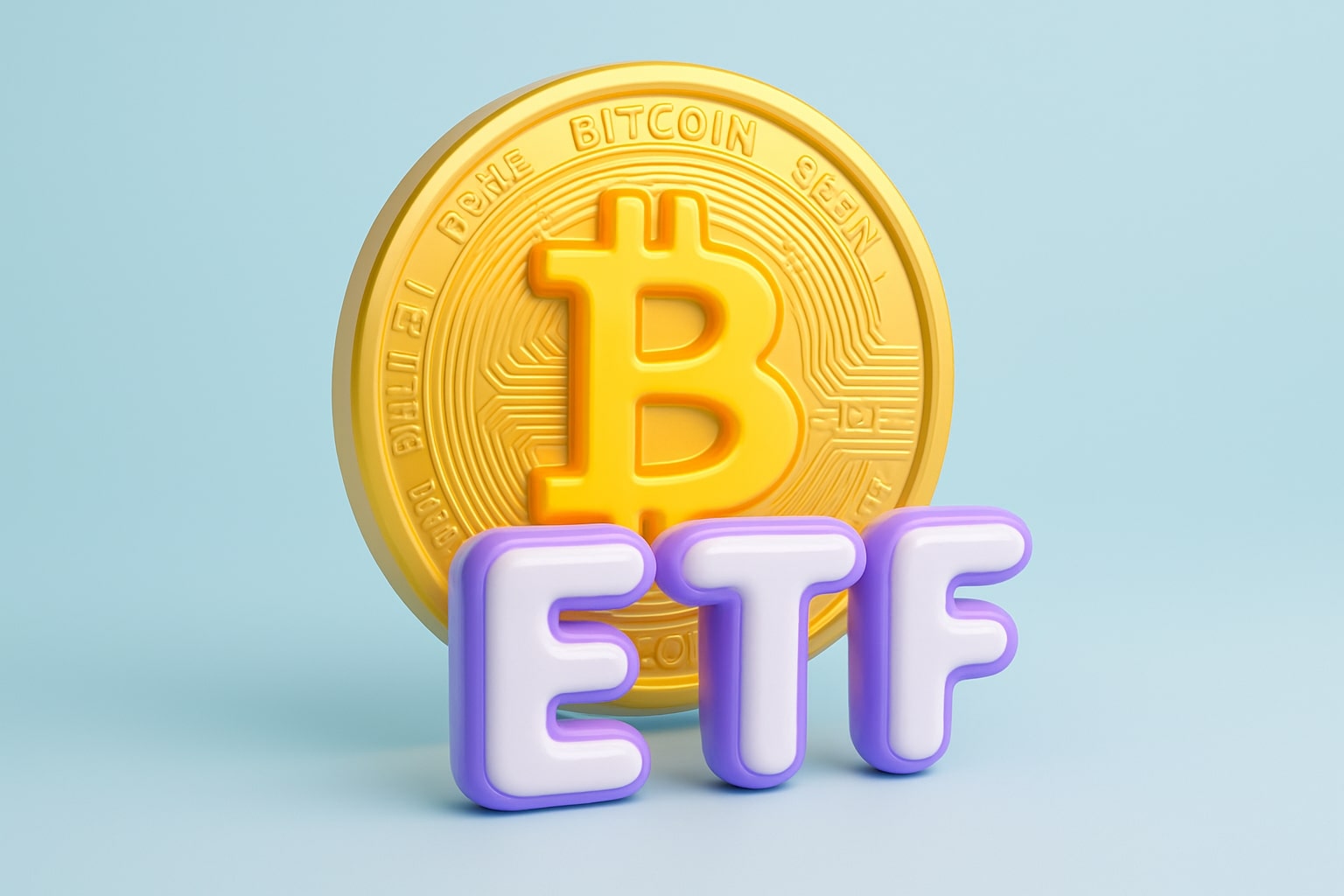
Oil Price Forecast - WTI at $73.55, Brent $76.78 as Geopolitics and Rising Shale Costs Collide
After a 6% spike from U.S. strikes on Iran, crude retreated with WTI back at $73.55 and Brent at $76.78. With Goldman flagging $110 risk if Hormuz is disrupted, CNQ facing tariff strain, and U.S. shale breakevens climbing toward $95, the market sits at the crossroads of geopolitics, tariffs, and supply fragility | That's TradingNEWS
Oil Prices Retreat After Geopolitical Spike – WTI at $73.55, Brent at $76.78
Crude markets opened the week on edge after the United States launched strikes on Iranian nuclear facilities, driving WTI futures (CL=F) up as much as 6.2% to $73.55 and Brent (BZ=F) up 5.7% to $76.78 before both benchmarks quickly gave back gains. The retreat signaled that traders are not yet pricing in a sustained supply shock, despite Iran’s threats to blockade the Strait of Hormuz, which handles one-third of global seaborne crude and one-fifth of LNG flows. Goldman Sachs analysts have built in a $12 per barrel geopolitical risk premium, estimating Brent could spike to $90 if Iran loses 1.75 million barrels per day of output, or even $110 if flows through Hormuz are halved for a month.
Trump’s Tariffs Weigh on Canadian Producers – CNQ and Suncor Under Pressure
Canadian oil exporters remain trapped by the 10% U.S. tariff imposed on energy imports. Canadian Natural Resources (TSX:CNQ) and Suncor Energy (SU), which rely heavily on U.S. buyers, have seen margins squeezed even as WTI trades above CNQ’s breakeven of $40–$45 per barrel. CNQ’s free cash flow at $65 oil sits at roughly $4 per share, enabling dividends of $2.35 annually, but its elevated debt of $18.7 billion caps payout flexibility. Suncor faces a similar bind, with its exposure magnifying volatility in Canadian crude differentials. The tariff pause for other countries has not been extended to Canada, leaving its producers at a structural disadvantage against U.S. shale barrels.
Washington Pushes Allies to Lock Into U.S. Shale – Systemic Risk Emerges
President Trump’s administration has converted oil into a tool of trade diplomacy, pressing India, Japan, Thailand, and the European Union into long-term commitments to buy U.S. crude and LNG. The EU pledged $750 billion over three years, Japan $7 billion annually, while Thailand signed a 20-year, 2 mtpa LNG contract. Vietnam will import 9 mtpa of U.S. LNG by 2030. Yet most U.S. exports consist of light shale oil, which refiners in India and Asia cannot easily process without costly upgrades. U.S. production itself is fragile: shale wells decline 60–70% in output within the first year, requiring constant reinvestment. With Brent at $66.80 and WTI in the mid-$60s, production remains viable, but if prices dip below $55, the shale export model could unravel, leaving buyers exposed after investing billions in refinery modifications.
Read More
-
PFFA ETF Nears $21.50 as Rate Cuts and 9.49% Yield Spark Renewed Demand
29.11.2025 · TradingNEWS ArchiveStocks
-
XRPI and XRPR ETFs Ignite Ripple’s Institutional Rally as Inflows Near $1B and XRP Holds $2.20
29.11.2025 · TradingNEWS ArchiveCrypto
-
Natural Gas Price Forecast - NG=F Blasts to $4.85 as Demand Surge Fuel Multi-Month Breakout
29.11.2025 · TradingNEWS ArchiveCommodities
-
USD/JPY Price Forecast - Yen to Dollar Slides to 156.10 as Yen Strengthens on Fed Cut Expectations
29.11.2025 · TradingNEWS ArchiveForex
U.S. Shale Breakevens Rising Toward $95 by 2035
Data from Enverus shows the average breakeven for new U.S. shale wells now sits at $70 per barrel, already above WTI’s current $65–$67 range. By 2035, that figure could climb to $95, as core acreage depletes and operators are forced into less economic drilling zones. The Permian Basin remains North America’s lowest-cost resource, but even here productivity gains are plateauing. Executives surveyed by the Dallas Fed voiced frustration, citing OPEC+ supply management, volatile tariffs on tubular goods, and high steel costs as drivers of rising expenses. One executive bluntly declared: “The U.S. shale business is broken.” This raises questions about the long-term viability of America’s “drill and export” policy, particularly if Trump continues to push for artificially low crude prices near $40 per barrel through tariffs and foreign policy pressure.
Iran Conflict Re-Prices Risk But Market Skeptical of Full Disruption
While Tehran voted in parliament to close the Strait of Hormuz, the ultimate decision lies with Iran’s top security council. Traders remain cautious but unconvinced that Iran would pursue full blockade given the blowback. Crude has already rallied nearly 10% since Israel’s strike on June 12, yet the quick retracement after the U.S. strikes suggests markets are betting on containment. Still, the geopolitical backdrop coincides with peak U.S. driving season, meaning even a modest sustained rally could push U.S. gasoline higher by 20–25 cents per gallon in coming weeks, according to EIA metrics, where every $1 rise in crude translates to a 2.4 cent increase at the pump.
Global Energy Security Fractured as Supply Politics Escalate
The GTRI report warns that Washington’s strategy of weaponizing oil exports risks creating systemic volatility. By forcing countries like India to pivot away from Russian crude—which still makes up 37% of India’s imports at $52.7 billion in 2024—the U.S. is undermining the diversified sourcing strategies that shield importers from shocks. India’s imports from the U.S. totaled just $7.7 billion, leaving a $3.2 billion deficit in the sector. Meanwhile, OPEC+ continues to influence global flows with production hikes that trail their own promises, further confusing supply dynamics. The result is a market where both political maneuvering and structural supply fragility dictate price action more than fundamentals.



















